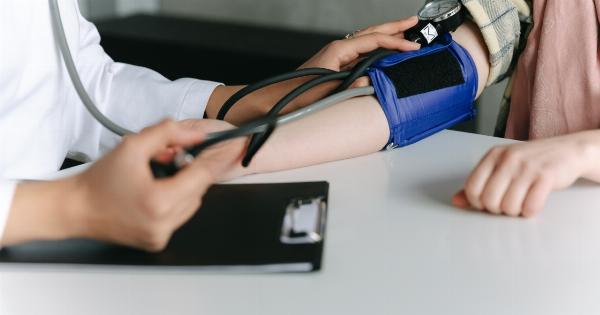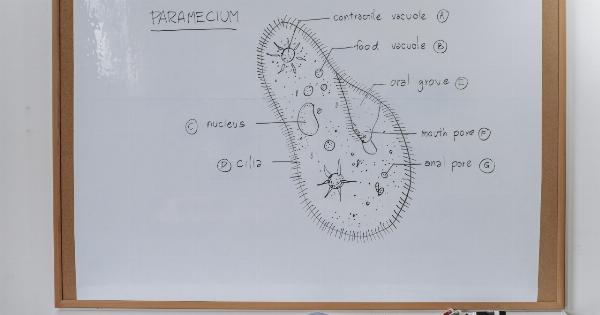Heart attacks are a serious medical emergency that can be life-threatening. The earlier a heart attack is detected, the better the chances of survival.
Unfortunately, many people are unaware of the signs and symptoms of a heart attack and may not seek medical attention until it is too late. However, with the help of a simple tool that everyone has access to, it is possible to detect a heart attack using nothing but a tape.
What is a Heart Attack?
A heart attack, also known as myocardial infarction, occurs when the blood flow to a part of the heart is blocked. When the flow of blood and oxygen is blocked, the heart muscle begins to die.
This can cause permanent damage to the heart muscle and can be life-threatening if left untreated. Symptoms of a heart attack may include chest pain or discomfort, shortness of breath, lightheadedness, nausea, and sweating.
How to Detect a Heart Attack?
One simple way to detect a heart attack is by using a tape. This method is known as the “Ruler Test” and can be done by anyone, anywhere, with the help of a ruler or a tape.
: Steps for the Ruler Test
1. Ask the person who you suspect is having a heart attack to sit down and relax
2. Take a ruler or a tape and place it on the sternum, which is the long, flat bone in the middle of the chest
3. Ask the person to take a deep breath
4.
Mark the point where the tape or ruler is at the end of the inhale
5. Ask the person to exhale
6. Mark the point where the tape or ruler is at the end of the exhale
7. Measure the distance between the two marks
.
What does the Distance indicate?
According to studies, if the distance between the marks is less than 1.5 inches (4cm) in men, and less than 1.2 inches (3cm) in women, it could be an indication of a heart attack.
This is because the heart is under stress, and the muscles are constricting, causing the sternum to move upward. If the distance is greater than 1.5 inches (4cm) in men, and 1.2 inches (3cm) in women, it is unlikely to be a heart attack. However, it is important to note that this is not a definitive diagnosis.
Conclusion
Although the ruler test is a simple and easy way to detect a heart attack, it is important to remember that it is not a replacement for professional medical attention.
If you suspect that someone is having a heart attack, it is crucial to call an ambulance immediately. Time is of the essence when it comes to heart attacks, and the quicker the person receives medical attention, the better the chances of survival.




























